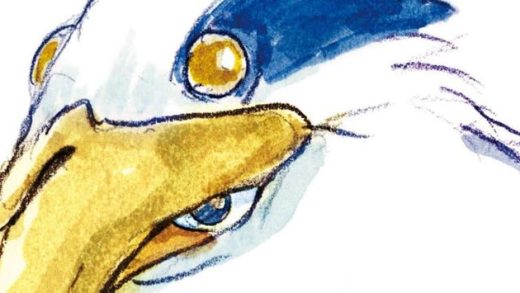If you’ve ever worked in the children’s department of a bookstore, or in a library, or even glanced through the children’s books bestseller lists, you might notice a pattern: everyone wants the same books. Obviously, every section has their bestsellers that outperform the others, and there are often classics that remain popular well after publication. But children’s books take this to another level. The classic standbys tend to outperform even the most talked-about new releases.
Picture a board book. (Those are the sturdy, cardboard books given to babies.) Which titles immediately spring to mind? If you’re like me, you think of Goodnight Moon; The Very Hungry Caterpillar; Brown Bear, Brown Bear, What Do You See?; and maybe some Sandra Boynton titles and Pat the Bunny. Notice a pattern? These are all “classics,” written by white authors, and at least 20ish years old, if not older. Chances are, unless you’re a librarian or a primary school teacher, the same is true for the picture books you remember.
The problem is, most people who are buying books for kids haven’t read kids’ books in a long time. And most of them want to give their kids (or their grandchildren, or their friends’ kids) the books they loved as a kid. Which means they are not gravitating towards the new releases: they’re looking for books that were written before they were born. This is a pattern that just continues, because their parents probably did the same thing for them, and those kids will likely do the same thing for their kids.
There’s nothing wrong with wanting to share your childhood favourite books with your kids. The result, though, is that it can be hard to break into children’s lit, at least to become a bestseller, because customers are often not looking for something new. That’s a problem, because those classic books are almost entirely white (and cis, straight, able-bodied, etc). It’s a shame, because there are so many incredible diverse children’s books, including picture books that take illustrations to a whole other level. (I personally love Soyeon Kim‘s amazing three dimensional diorama illustrations.) There are all sorts of stories being told that haven’t been told before, including ones that star kids who haven’t been represented on the pages very often before—but it can be hard to get them into kids’ hands.
Take a look at Amazon’s Best Sellers in Children’s Books, for example. Of the top 50, I count at least 15 that are more than ten years old, including The Very Hungry Caterpillar, Goodnight Moon, The Giving Tree, Oh the Places You’ll Go, Love You Forever, and more. (And Giraffes Can’t Dance only squeaks under the ten year mark.) Considering about ten of the other books are workbooks, activity books, and flashcards, and you can see how little room there is for new releases.
On the general Best Sellers page, I could only find four that were older than ten years: two classics that are probably being assigned in schools (1984 and The Great Gatsby) and two self-help books (Rich Dad Poor Dad and The Four Agreements). This lines up with my experience as a bookseller: most people looking for fiction are getting new releases, the latest from a favourite author, or the books everyone is talking about. It’s rare for a novel that isn’t assigned in schools to persist in popularity, at least at that level. For children’s books, it seems to be the other way around.
So what’s the solution? Let’s start here: stop buying Oh, the Places You’ll Go as a graduation present, and stop getting Goodnight Moon for baby showers. It doesn’t mean there’s anything wrong with those books, but chances are that kid is going to end up with a stack of that same title by the time they’ve turned 1.
I know that shopping for picture books can be overwhelming: their tiny spines cram shelf after shelf, and it can feel silly reading a stack of picture books as an adult to find the right one. But it’s worth it! Take some time to ask a librarian or bookseller for their favourite lesser-known kids’ books. Browse through the displays—even the bestseller wall—and flip through one you’ve never seen before. Let yourself enjoy reading it! Picture books are a medium that we don’t tend to allow ourselves to enjoy as adults, but so much can be done with the format. There are beautiful, thoughtful picture books, experimental stories and twisted fairy tales, and books that will have kids rolling on the ground in laughter. It just takes a little bit of patience to find them!
Here’s hoping that for every “classic” children’s book you gift, you get two new, diverse picks to go alongside it. Go forth, and discover new picture books!
Source : The Suffocating Homogeneity of Bestselling Children’s Books










